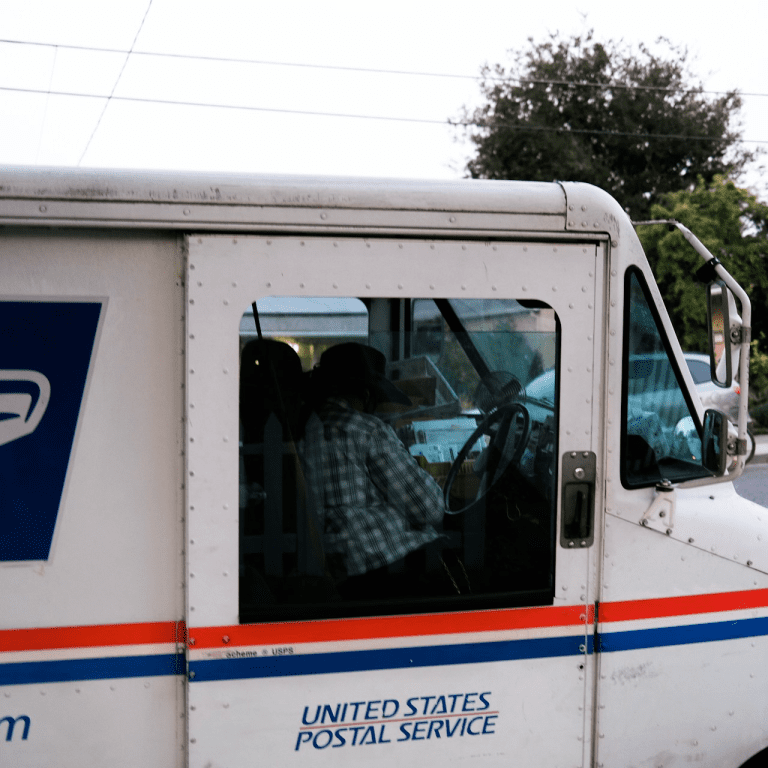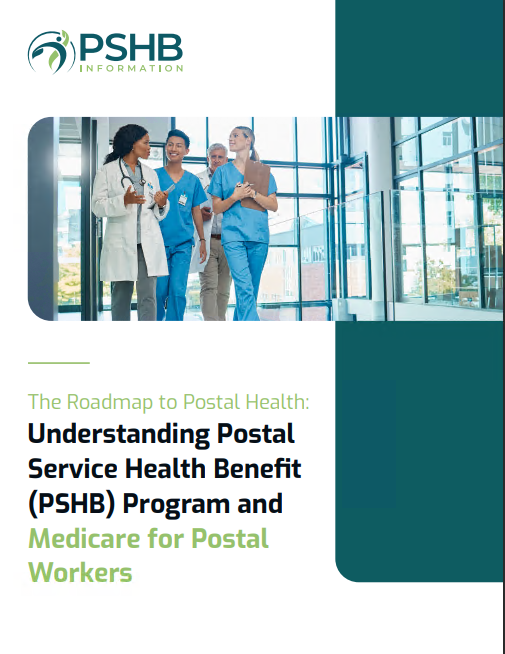Key Takeaways
-
The 2025 Postal Service Health Benefits (PSHB) Program is a game-changer for federal employee healthcare, offering tailored plans for postal workers and retirees.
-
Navigating Medicare integration and Open Season will be critical to making the most of this major health coverage overhaul.
A Shift That’s Redefining Healthcare for USPS Employees
You’ve likely heard the buzz about the 2025 Postal Service Health Benefits (PSHB) Program. This new health benefits system is designed specifically for postal employees and their families, replacing the Federal Employees Health Benefits (FEHB) system. As this transition approaches, it’s important to understand what’s changing, why it matters, and how you can prepare. Let’s break it down step by step.
The PSHB overhaul isn’t just another bureaucratic adjustment—it’s a reimagining of how postal workers receive healthcare. From enhanced coordination with Medicare to specialized plan options, the PSHB Program reflects the unique needs of the USPS workforce.
What Makes PSHB Different from FEHB?
If you’ve been covered under FEHB, you might be wondering what distinguishes PSHB. The changes are more than cosmetic; they’re designed to better serve you as a postal worker or retiree.
Exclusive to USPS Employees and Retirees
Unlike FEHB, which serves the broader federal workforce, PSHB narrows its focus to USPS employees and their families. This allows for benefits that are tailored to your needs, such as specific coverage options and streamlined enrollment processes.
Medicare Integration
Medicare-eligible annuitants and family members will now coordinate their PSHB benefits with Medicare Part B. This integration aims to reduce out-of-pocket expenses while providing comprehensive coverage. If you’re not already enrolled in Medicare Part B, now is the time to prepare, as it will likely be required to maintain your PSHB coverage.
Automatic Enrollment
If you’re currently enrolled in FEHB, you’ll automatically be transitioned to a comparable PSHB plan. While this ensures uninterrupted coverage, it’s worth reviewing your options during Open Season to make sure you’re enrolled in the plan that best fits your needs.
Why This Transition Matters
The move to PSHB is part of a broader reform effort aimed at modernizing the Postal Service and ensuring financial sustainability. But for you, the changes are about more than policy; they’re about accessing quality healthcare that’s both effective and affordable. By focusing exclusively on postal employees, the PSHB Program aims to provide:
-
Better Coverage: Plans designed to meet the unique needs of postal workers.
-
Cost Efficiency: Coordination with Medicare Part B reduces redundant expenses.
-
Simplified Processes: Streamlined enrollment and claims processes tailored to USPS families.
Key Dates to Keep in Mind
As with any major change, timing is everything. Here are the key dates to remember:
-
Open Season: November 11 to December 9, 2024, is your window to select or modify your health plan.
-
Effective Date: Your new PSHB coverage begins January 1, 2025.
-
Medicare Enrollment Deadline: If you’re Medicare-eligible, you’ll need to enroll in Part B by January 1, 2025, unless exempt.
These dates aren’t just bureaucratic milestones; they’re critical opportunities to ensure you and your family have the coverage you need. Missing these deadlines could result in gaps in coverage or unexpected expenses.
Preparing for Medicare Integration
One of the most significant changes under PSHB is its alignment with Medicare. If you’re eligible for Medicare Part B, enrollment will generally be required to maintain your PSHB coverage. This dual-coverage approach offers several advantages:
-
Lower Out-of-Pocket Costs: Medicare Part B becomes your primary insurer for outpatient care, with PSHB acting as secondary coverage.
-
Comprehensive Benefits: By combining Medicare and PSHB, you’ll enjoy broader coverage that minimizes gaps.
-
Predictable Costs: Coordinating benefits reduces the likelihood of surprise medical bills.
If you retired before January 1, 2025, you’re exempt from the Medicare enrollment requirement, but you may still find it beneficial to enroll.
Making the Most of Open Season
Open Season is your chance to review your options and choose the plan that’s right for you. Even if you’re automatically enrolled in a plan, don’t assume it’s the best fit. Here’s what to look for:
-
Plan Costs: Compare premiums, deductibles, and out-of-pocket maximums to find a plan that fits your budget.
-
Coverage Details: Ensure the plan covers the services you and your family use most frequently.
-
Provider Networks: Check that your preferred doctors and hospitals are included in the plan’s network.
-
Prescription Drug Coverage: Review the formulary to make sure your medications are covered.
Take advantage of the tools and resources available during Open Season to compare plans side by side. USPS will provide detailed plan brochures and online comparison tools to help you make an informed decision.
How This Affects Your Family
Your PSHB coverage isn’t just about you—it’s about your family, too. Eligible dependents include your spouse and children under 26. If a family member is Medicare-eligible, they’ll also need to enroll in Part B to maintain their PSHB coverage. Understanding these requirements is essential to keeping everyone in your household covered.
When choosing a plan, consider the needs of all family members. For example, if your spouse requires specialized care or if your children have recurring medical expenses, make sure the plan you choose offers adequate coverage.
Financial Considerations
While the government continues to cover a significant portion of premium costs (about 72%), you’ll still need to budget for your share of premiums, as well as deductibles, copayments, and Medicare Part B premiums if applicable. Here are some tips for managing these expenses:
-
Estimate Annual Costs: Use online calculators to predict your total healthcare expenses under different plans.
-
Plan for Medicare Costs: Factor in the additional Part B premium when budgeting for 2025.
-
Maximize Benefits: Look for plans that offer value-added services, such as wellness programs or telehealth options.
Financial planning is key to ensuring you get the most out of your PSHB coverage without breaking the bank.
Tips for Navigating the Transition
Switching to a new health benefits system can feel overwhelming, but with the right approach, you can handle the transition smoothly. Here are some practical tips:
-
Stay Informed: Keep up with USPS communications and the PSHB website for updates.
-
Ask Questions: If you’re unsure about any aspect of the new program, don’t hesitate to reach out to USPS HR or plan providers.
-
Review Your Options: Take time during Open Season to thoroughly compare plans and choose the best one for your needs.
-
Prepare for Medicare: If you’re nearing Medicare eligibility, make sure you understand the enrollment process and how it integrates with PSHB.
By staying proactive and informed, you can navigate the transition with confidence and avoid unnecessary stress.
Looking Ahead: The Future of Postal Health Benefits
The 2025 PSHB Program is more than just a change in health benefits; it’s a step toward a more sustainable and tailored healthcare system for USPS employees and retirees. As the program evolves, it’s likely to introduce even more improvements based on feedback and emerging healthcare needs.
For you, this means staying engaged with the program and reviewing your coverage annually. By doing so, you’ll ensure that your health benefits continue to meet your needs and provide the protection you and your family deserve.









